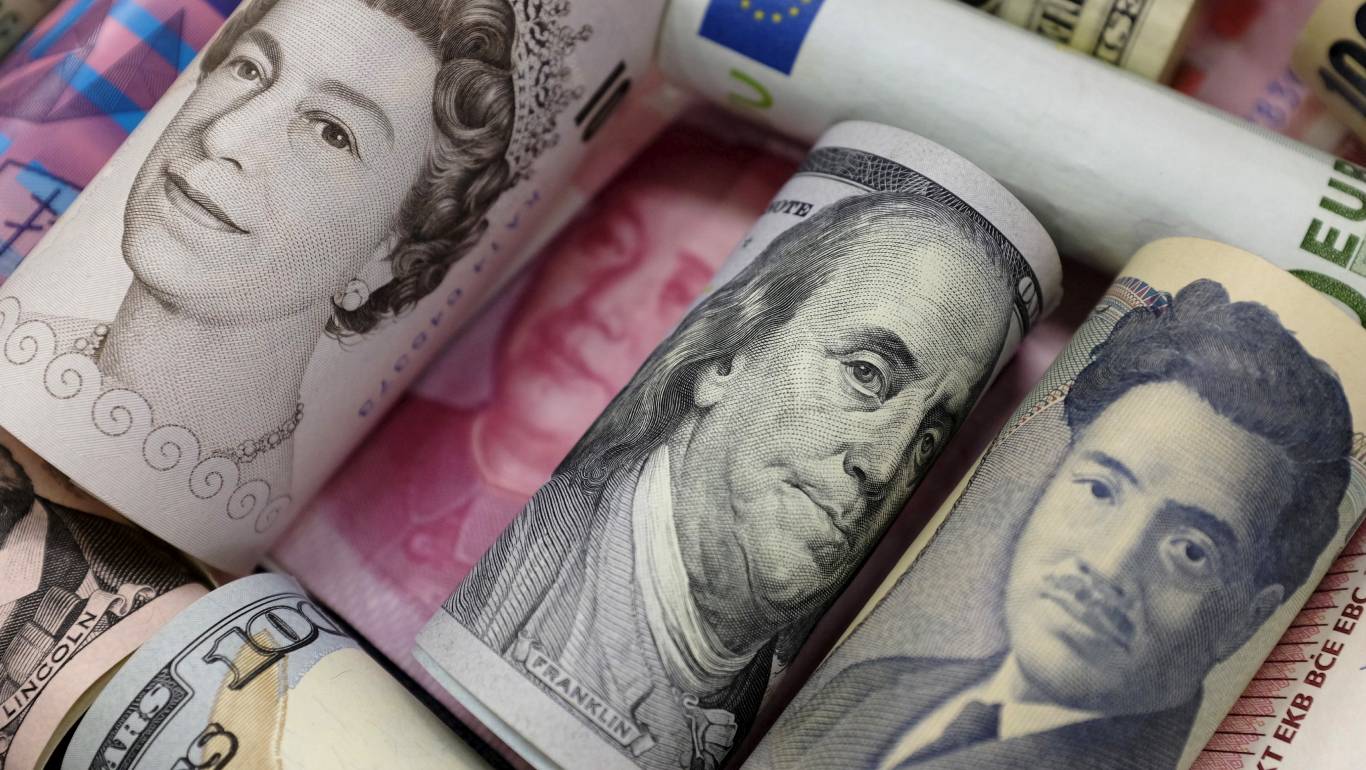




Philippines Trade Update: Trade trajectories trend along
 DOWNLOAD
DOWNLOAD

Policy Rate Updates: Double cut finale
 DOWNLOAD
DOWNLOAD

Monthly Economic Update: One for the road
 DOWNLOAD
DOWNLOAD


Dollar hits 20-yr high as yen tumbles on dovish Bank of Japan

The dollar hit a 20-year high against rivals on Thursday as the Bank of Japan doubled down on its dovish policy, sending the yen to its weakest level since 2002, while the euro hit a five-year low on growth concerns for the region.
The dollar shot past the key level of 130 yen after the BOJ strengthened its commitment to keep interest rates ultra-low by vowing to buy unlimited amounts of bonds daily to defend its yield target.
“The BoJ gave the ‘all clear’ to continue selling the yen,” said Lee Hardman, a currency analyst at MUFG Bank in London.
There had been some market speculation the BOJ might step back a little given the pressure building across foreign exchange markets.
A finance ministry official responded that Japan will take appropriate action in currency markets, calling recent moves “extremely worrying.”
The yen was last at 130.90, after reaching 131.25, the weakest since April 2002.
The weak yen helped to catapult the dollar to its highest level since December 2002 against a basket of currencies. The greenback has benefited from expectations the Federal Reserve will hike rates faster than peers, which would likely expand the yield gap between U.S. and Japanese government bonds (JGBs).
“This move in dollar/yen has been primarily due to long-end spread widening between U.S. Treasuries and JGBs,” said Bipan Rai, North American head of FX strategy at CIBC Capital Markets in Toronto.
The dollar index was last at 103.62, up 0.62% on the day, after reaching as high as 103.93.
The Fed is expected to raise rates by 50 basis points when it concludes its two-day meeting on Wednesday. Aggressive increases are likely to follow at subsequent meetings, with fed fund futures traders pricing for the Fed’s benchmark rate to rise to 2.73% by year-end, from 0.33% now. ,
The greenback pared gains after data showed U.S. economic growth unexpectedly contracted in the first quarter as a resurgence in COVID-19 cases disrupted activity.
Rai said, however, that the data did not necessarily reflect a weak economy, but was unduly impacted by a sharply wider trade deficit, which was due to surging imports.
“If you actually peel that away and look at the underlying consumption and investment trends, both of those still look reasonably healthy,” Rai said.
The euro dropped below the key psychological level of $1.05 as investors remained nervous about Russia cutting off gas to parts of the region for refusing to pay in roubles.
The European Commission on Thursday warned buyers of Russian gas they could breach sanctions if they converted gas payments into roubles, as officials struggled to clarify the EU’s stance on Moscow’s payments scheme, which has sowed confusion in the bloc.
The euro was last $1.0505, after earlier reaching$1.0470, the lowest since Jan. 2017.
Sterling also succumbed to dollar strength on Thursday, tumbling to a 21-month low of $1.2412.
Bitcoin gained 2.04% to $40,058 and ether rose 2.69% to $2,698.
(By Karen Brettell. Additional reporting by Julien Ponthus in London; Editing by Toby Chopra and Richard Chang)
This article originally appeared on reuters.com





 By Reuters
By Reuters